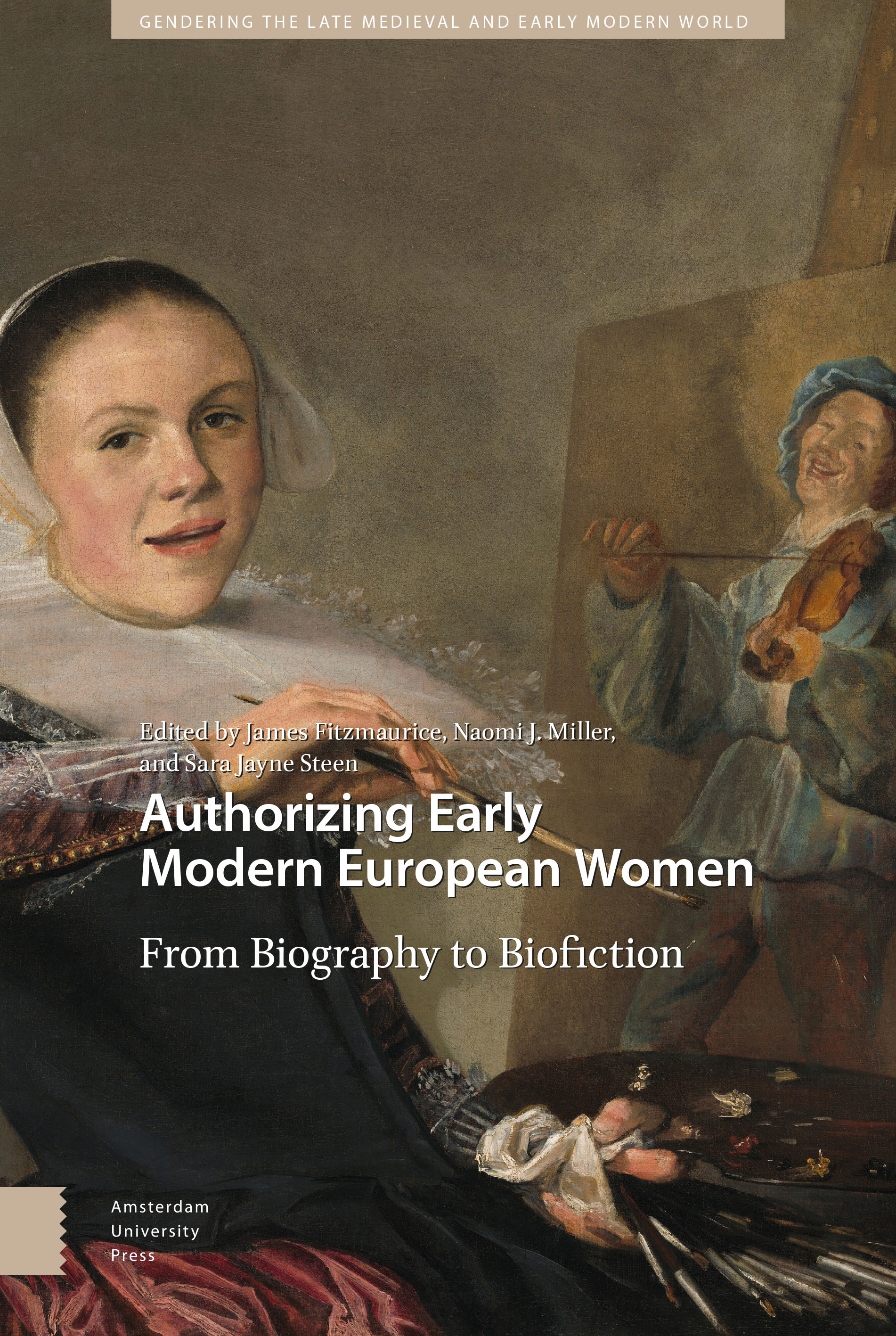8 - “The Queen as Artist: Elizabeth Tudor and Mary Stuart”
Published online by Cambridge University Press: 16 December 2021
Summary
Abstract
Every queen co-exists with a created image of queenship – but the British Isles in the sixteenth century saw a movement towards the conscious self-fashioning of a reigning queen's image. In letters and portraits, imagery and embroidery, Elizabeth Tudor and Mary Stuart aimed the one to render more palatable her controversial female monarchy, and the other to shape her posterity. Their work reflects the dual nature of the queen as both an individual intent on self-expression, and a political animal aiming at a particular effect. Both women have been the subject of extensive biofiction, but this essay queries to what degree those later fictions, whether on page or screen, were prefigured or contradicted by their own versions of their stories.
Keywords: Queen Elizabeth I, Mary Queen of Scots, needlework, letters, film, biofiction
The Queen as Artist
Elizabeth I made manipulation of her image – in pomp and portraits, in public speeches and in poetry – a key to her queenship; and perhaps also to the expression of her personality. Hers was designed to be an image of unchanging perfection, as evinced by the “Mask of Youth” which in later portraits hid the reality of an aging queen. In recent biofiction, Hollywood has delighted in stripping that mask away; yet revealed behind it is a figure that itself plays well for today.
In life, Elizabeth's kinswoman Mary Queen of Scots was far less successful a self-creator. But her death – and she played a conscious part in this process – gave her the role of a victim, and the status of a martyr, that has served her well down the centuries. It may, however, be a form of validation we accept less readily today.
Elizabeth as creator – and creation
“No ruler,” wrote John Guy of Elizabeth I, “has ever better understood the relationship of words to power” (2016, p. 12). She clearly had as keen an understanding of the relationship between personal feeling and the pen. The translation made by an eleven-year-old Elizabeth of Marguerite de Navarre's The Mirror of the Sinful Soul, given to her stepmother Katherine Parr at the end of 1544, is well known. So too is the trilingual translation (into Latin, French, and Italian) of Parr's own published Prayers or Meditations made for Elizabeth's father a year later. But another present, given to Parr at the same time, is even more interesting.
- Type
- Chapter
- Information
- Authorizing Early Modern European WomenFrom Biography to Biofiction, pp. 101 - 114Publisher: Amsterdam University PressPrint publication year: 2021

